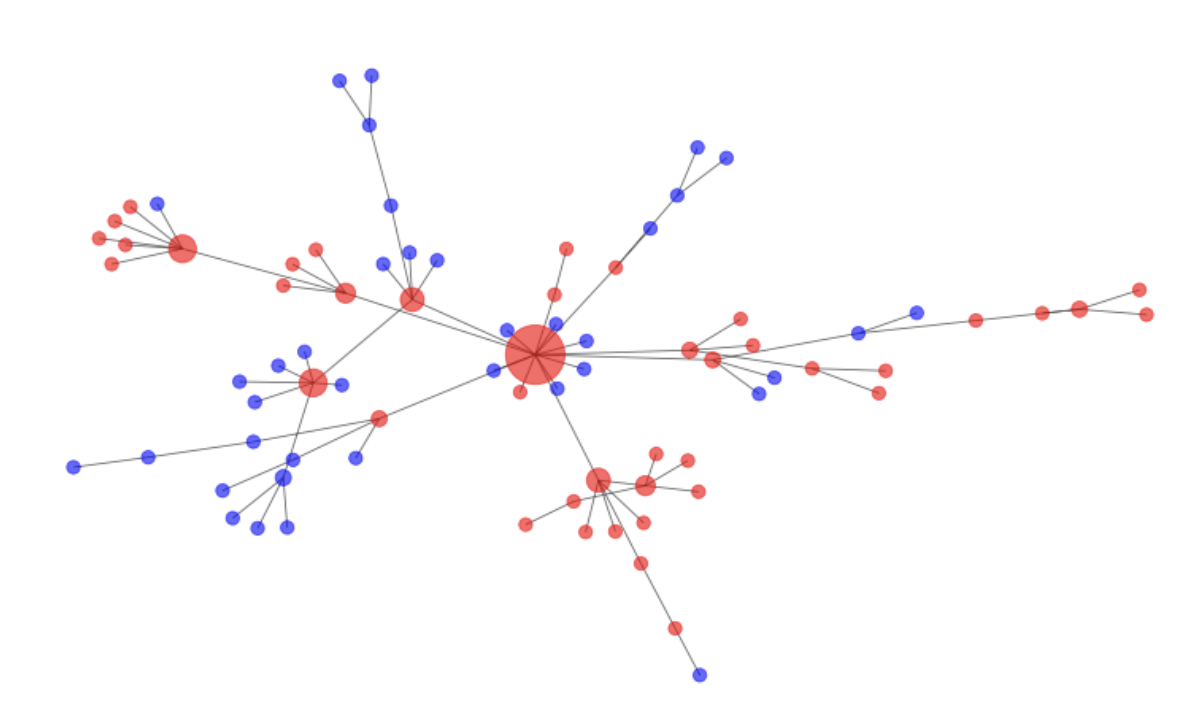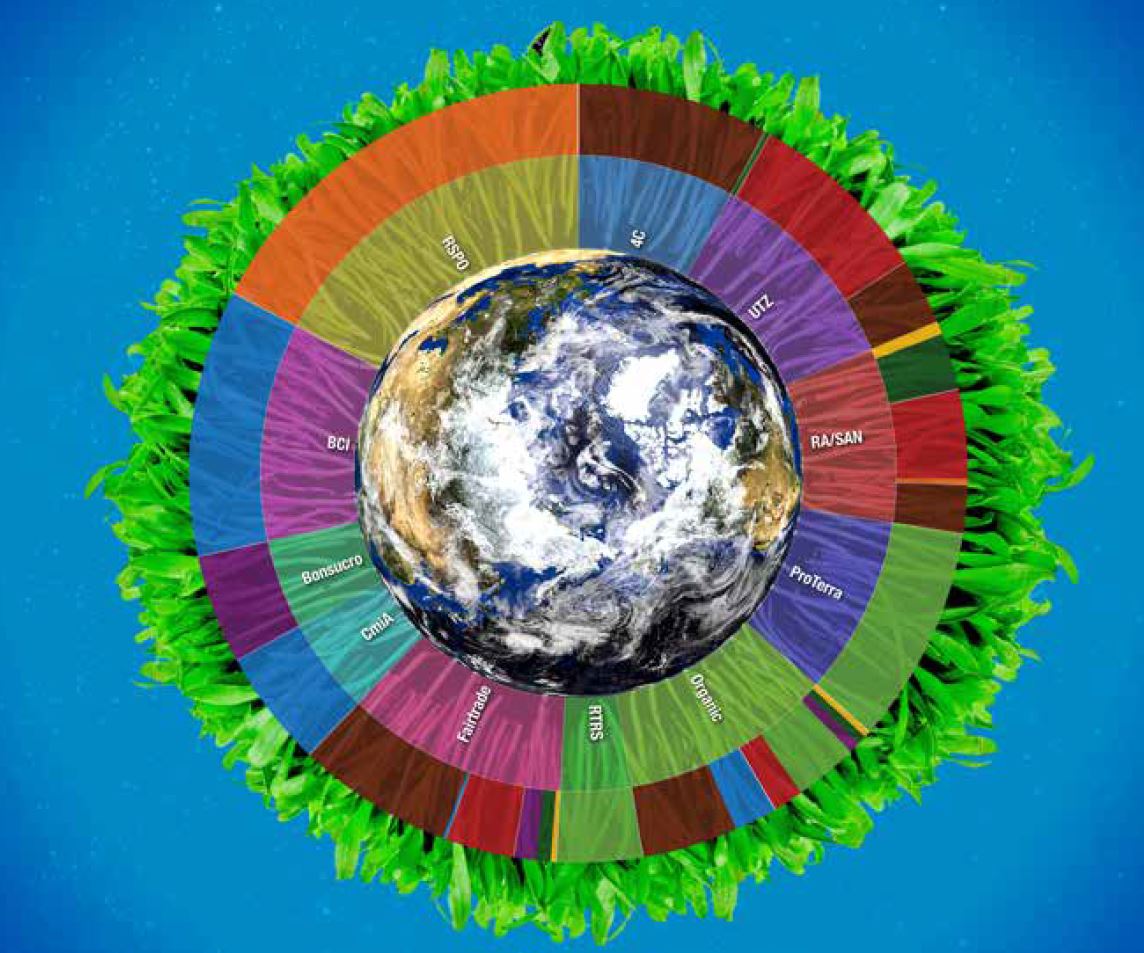During lockdown our kitchen was at full steam, flour availability permitting, producing cakes, chocolate biscuits and bread. But we ran into a problem. A cupboard door wouldn’t close properly because a spring had broken. The search to find a replacement part discovered weaknesses in UK manufacturing but also created thoughts about its future after the Great Pause.
With some instructions off the web and pressing a few clips I took the broken part out of the cupboard. It was a spring made in Germany. After deciphering a few symbols I headed back onto the web and found a few stockists in the UK. But when I approached them I received the standard get out reply of “we no longer have these in stock.” I eventually contacted the original manufacturer in Germany and ordered a new part that would take four to six weeks to arrive because it had to be made to order. Curiosity took over and I wanted to find out of if there were any UK manufacturers of equivalent springs. I found a few companies that supplied them to the motor and aviation industry but they didn’t appear to have any for a kitchen cupboard. What has happened to the manufacturing capability in the UK?
Manufacturing was once the bedrock of economic activity in the UK but has slowly declined over tens of years. In 1952, it produced a third of the national output, employed 40 per cent of the workforce and made up a quarter of world manufacturing exports. Today, manufacturing in the UK accounts for just 11 per cent of GDP, employs only 8 per cent of the workforce and sells 2 per cent of the world’s manufacturing exports.
The current Covid-19 pandemic has emphasised the weakness in UK manufacturing with our inability to produce medical equipment for frontline workers. However, there are signs of hope as it quickly responded to the pandemic with many companies, large and small, coming together to manufacture ventilators, PPE and hand sanitisers. This flexibility has shown that there is still some life in UK manufacturing and is the basis for building itself a stronger future.
When lockdown starts to ease there is another greater challenge facing us. Climate change, like Covid-19, will affect us all. Lockdown has given an insight into what a green future would look like with reductions in carbon emissions and reduced carbon miles. But for many industries once the pandemic is under control it will not be back to ‘business as usual’ because they will have to rebuild against a background of new demands. Now is the time for UK manufacturing to turn green and rebuild itself to lead the way in combating climate change.
There are many new areas that manufacturing could exploit so that it can rebuild itself. One area that has been highlighted during the pandemic is medical equipment. The UK imports around 40% of its medical equipment and given its strategic importance for future pandemics then there is an opportunity for manufacturers to increase its production in this area. Another area is the development of new medical equipment ranging from robotic surgeons to quick home tests for diseases. Transportation will require a massive switch to electric powered vehicles in all their shapes and sizes. There may be opportunities for new types of vehicles such as unmanned small vans that can deliver goods from local suppliers to doorsteps which would reduce carbon miles down. The UK produces about 60% of its own food. Manufacturing could develop new equipment to plant and harvest vegetables which will be in greater demand as consumption moves away from animals. New technology could be integrated into manufacturing processes to make them more adaptable for changes in demand for example 3D Printing 1. Another example is the future design of equipment could include re-cycling so that old parts are returned to the manufacturer to be used in new equipment.
However, the changes required to rebuild manufacturing will take some time and therefore can not be left to market forces because they are too short-term. Government intervention is required to provide a framework for the regeneration of manufacturing. There are many forms that its policies needs to take. First government policy must have a stronger green element to drive manufacturing towards a green economy. Policies need to reduce cheap imports which ultimately export jobs which has undermined UK manufacturing for many years. If ‘cheap’ goods are demanded then government policy should encourage the development of skills in automation and robot systems to systems that will reduce the production of the goods.
Another change in government policy is education. It needs to be radically overhauled with a stronger emphasis on STEM, biology and the environment. The education system should integrate the arts into the design so that whatever is produced enhances the environment that we live in both physically and emotionally. Their policy must include re-training for people at every stage of their lives so that for those who are interested can stay up to date with the latest manufacturing technology.
Although the manufacturing industry accounts for the majority of R&D expenditure in the UK (65% in 2018), this is down from 84% in 1985. Universities should concentrate on teaching and research and not include spin-offs for new technology which has only been partially successful. If the research shows any promise for new technologies then it can be transferred to something like the government’s Catapult Network where business could get free access to the technology if they meet certain criteria. For example, the business should demonstrate that it is strong enough to sustain a shock in its earnings, as is happening during the Covid-19 pandemic, before they get access to the new technology.
UK manufacturing response to the pandemic has shown that there are signs that when the Great Pause is over it can have a stronger future in building the green economy. And next time I have a breakdown in our kitchen I can return the part to a UK manufacturer for repair!
1. For an in-depth guide about 3D Printing then see: 3D Printing / Additive Manufacturing Using Polymers - Complete Guide ↩





